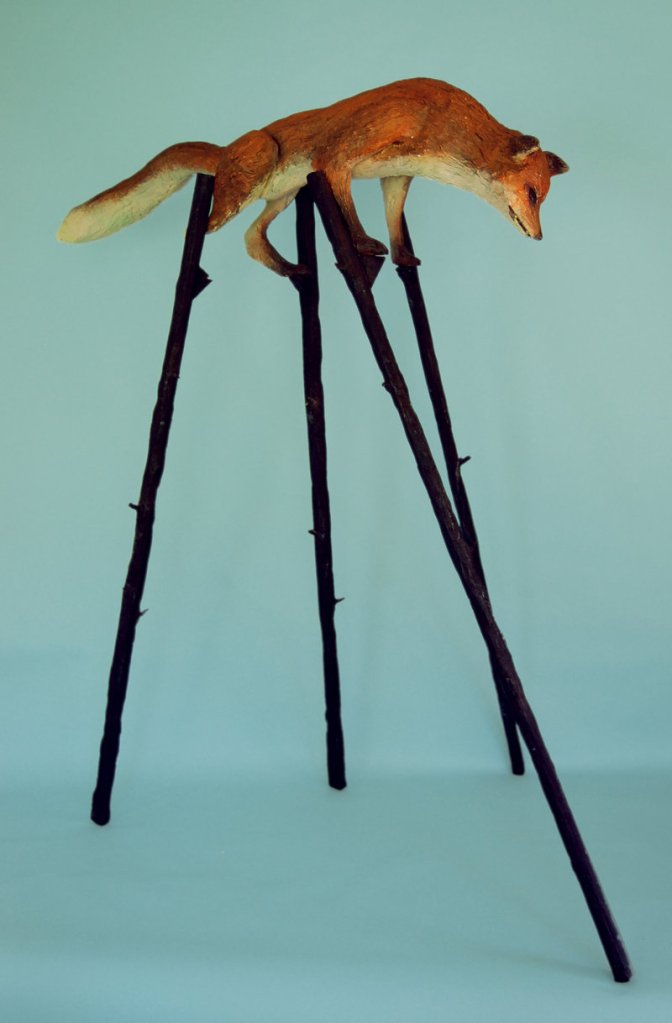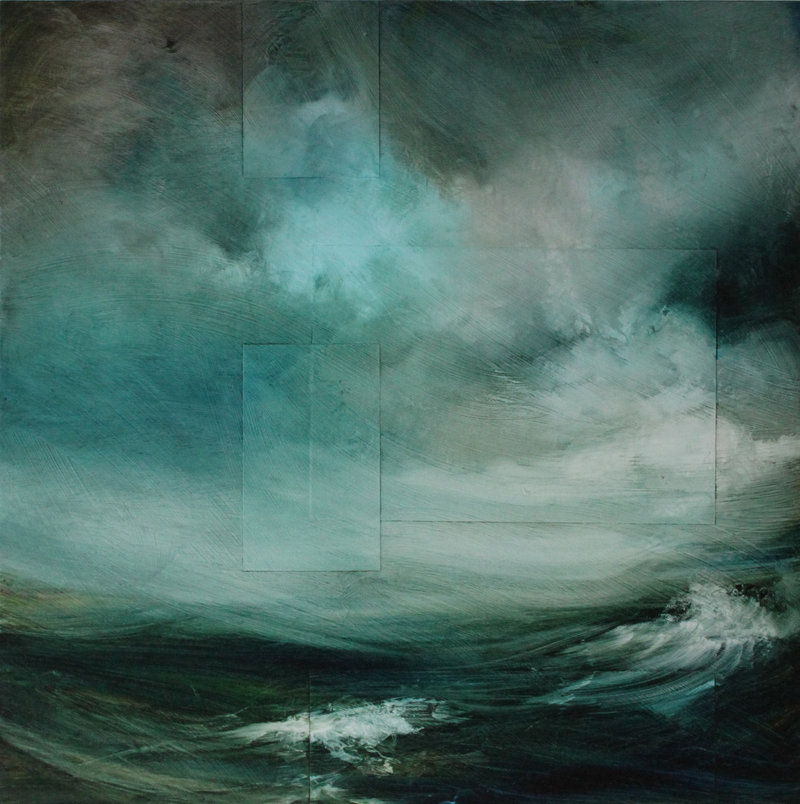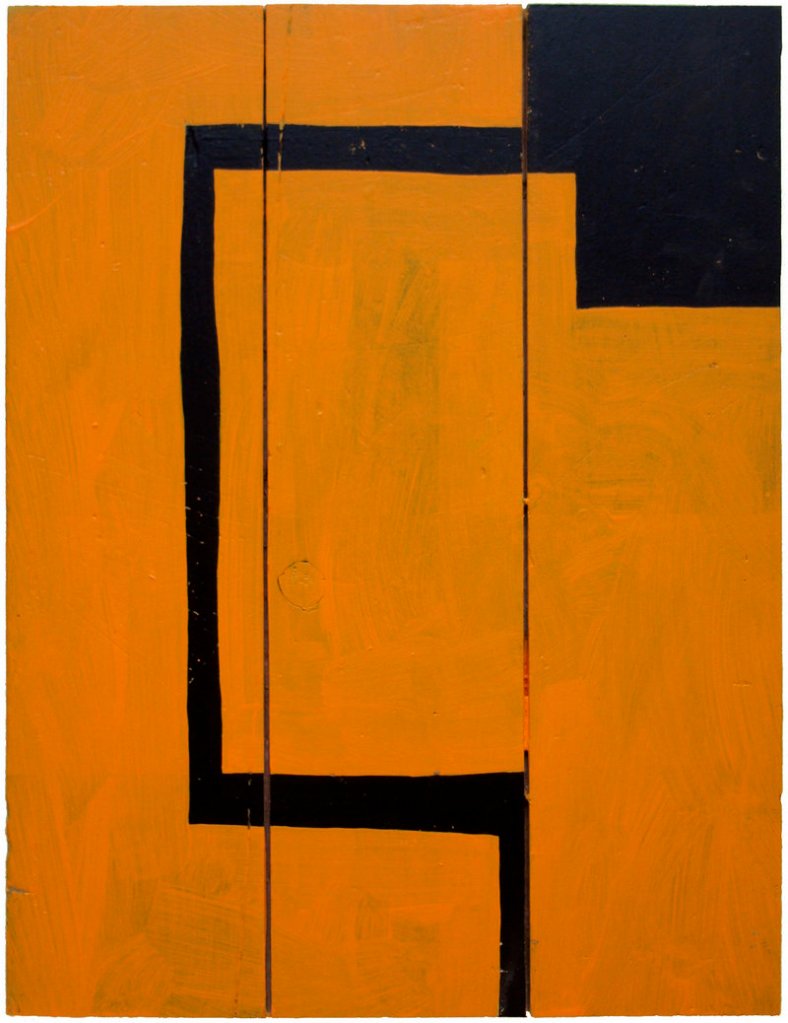For art galleries in Maine, summer is the best time of the year. In many ways, this is also true for the art-viewing public.
One gallery owner seemed a bit surprised that I would want to discuss summer group shows in a review. In the broadest sense, he had a point, since most art reviews focus on exhibitions by individual artists. Venues are rarely the subject.
Yet, we expect museums to curate significant exhibitions with broader views of art than one artist’s solo show after another. So we do make some demands on curators.
There are many reasons Maine’s most important galleries so often mount summer group shows. To begin, it allows the galleries to present themselves as galleries rather than skeins of a single artist. Professional galleries in general make about 80 percent of their sales to repeat clients, so their goal is a relationship rather than a single sale. presenting group shows of the best works by their represented artists, galleries try to give anyone who walks in the door a sense of the gallery.
Galleries curate exhibitions, as these shows remind us.
In the summer, galleries themselves are on display — not just the artists’ works. Art viewers get to know the galleries quickly; we can be introduced to the artists whose shows we want to see in the next year or two, and we are treated to what the galleries think is their best work.
In terms of Portland galleries, my favorite summer show is June Fitzpatrick’s elegant “July Salon 2010.” The works are quiet, minimal, sophisticated and supremely handsome. Fitzpatrick reminds us that gallerists are fundamentally curators. (My colleague Phil Isaacson will soon be covering this show in depth.)
Greenhut — Portland’s oldest and most established gallery — represents the backbone of Portland’s summer model. In its front space, you can almost always see at least one work by every artist represented by Greenhut.
While Greenhut’s front space features several dozen excellent works by the likes of John Whalley, David Driskell, Tom Paiement and so many other of Maine’s best artists, the feature gallery is now filled with seascapes by Susan Barnes.
Barnes’ seascapes have been aptly described as “Agnes Marden meets Winslow Homer,” but I think it’s fairer to say that Barnes’ geometric mapping is more like applying architectural logic to the inconceivably vast encounter of a person looking at the sea.
“Sea IV” quietly serves images that the sea brings us. Among flowingly broad brushstrokes, visually sculpted undersweeps of pigment and varnish, we lose sight — for a moment — that we are loosed within a violently dangerous sea. A gorgeous sky and swooning horizon steal the fact that the viewer is lost and tossed amongst the deadly swales. The rocks and surf of the Maine landscape, we are reminded, are as aesthetically seductive as Scylla and Charybdis, and — around here — just as storied.
For July, Susan Maasch Fine Arts is presenting its best Maine landscape art in the front of the gallery. I like the David Campbells; they are both soberly dry and intoxicatingly alone.
Beyond these are Maasch’s star works: photographic portraits tilting towards a New York sensibility and, clearly, her sophisticated New York market.
Aucocisco shines a bit brighter than usual because of a few artists who do not regularly show with the gallery.
In particular, Mark Wethli’s eight downhome abstractions form a stolidly weathered rank just inches from a surprisingly elegant floral wall piece by his colleague, John Bisbee. Together, they underline the raw and sophisticated elegance of each other.
These two artists are often associated, yet I have rarely seen them shine such a raking light upon each other.
My young sons demanded to go into Whitney Art Works after they saw Andy Rosen’s terrific fox on stilts.
They loved all of Rosen’s twistedly exhilarating works and the entire (great) summer show: Lisa Pixley’s hunting oddities, Ed Smith’s twisted flocks and Justin Richel’s animal tangles.
Curating good shows is what we expect of serious galleries. And, once again, in Portland this summer, they deliver.
Bring your family, and don’t hold back on your expectations.
Freelance writer Daniel Kany is an art historian who lives in Cumberland. He can be contacted at:
dankany@gmail.com
Send questions/comments to the editors.




